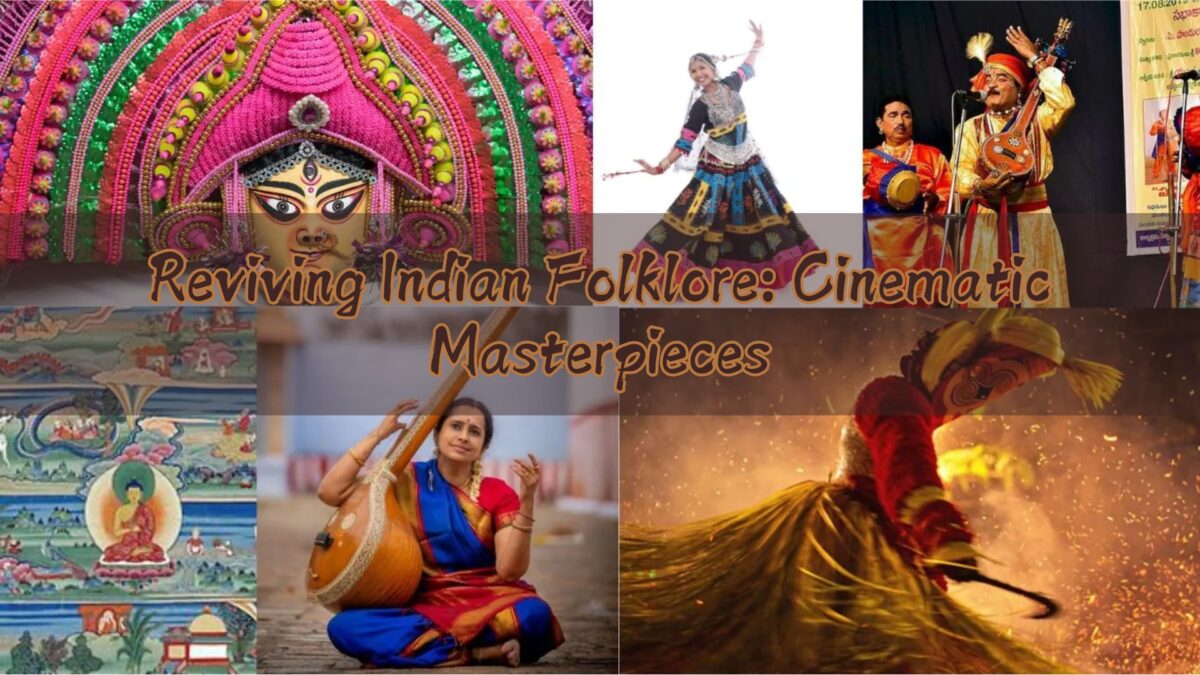Indian cinema is a tapestry woven with threads of rich cultural heritage, and its storytelling tradition has always been deeply rooted in folklore. Folktales, myths, and legends have been an integral part of India’s narrative fabric, offering not just entertainment but also profound reflections on society, values, and human nature. Over the decades, Indian filmmakers have drawn inspiration from these traditional stories, bringing them to the silver screen and reviving their magic for new audiences. In this article, we explore five remarkable films that have played a pivotal role in reclaiming and rejuvenating Indian folklore in cinema, from timeless classics to contemporary masterpieces.
Early Beginnings: Maya Bazaar (1957)
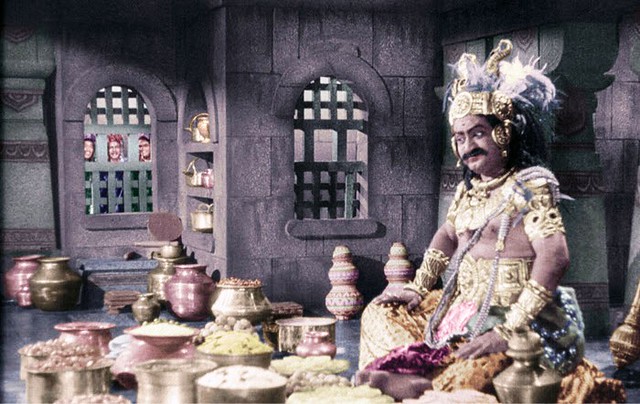
In the realm of Indian cinema, Maya Bazaar (1957) stands as a monumental work that beautifully marries folklore with filmmaking. Directed by Kadiri Venkata Reddy and produced by B. N. Reddy, this Telugu-language film is a cinematic adaptation of the mythological story from the Mahabharata, focusing particularly on the legendary characters of Krishna and Subhadra.
Maya Bazaar is set against the backdrop of the magical and mythical world of the Mahabharata, depicting an enchanting tale of love, deception, and divine intervention. The film narrates the story of the magical efforts of Krishna and his friends to unite the lovers, Abhimanyu and Subhadra, amidst a series of trials and tribulations. Its plot is deeply rooted in the traditional tales of the epic, showcasing the grandeur of Indian mythology.
The cultural impact of Maya Bazaar was profound. It not only captured the essence of Indian folklore but also popularized these ancient stories among a new generation. The film’s elaborate sets, costumes, and special effects were ahead of its time, creating a lasting impression on audiences. Its success contributed significantly to the acceptance of mythological themes in mainstream cinema, and it remains a cherished classic in the annals of Indian film history.
The Golden Age of Indian Folklore in Cinema: Pataal Bhairavi (1985)
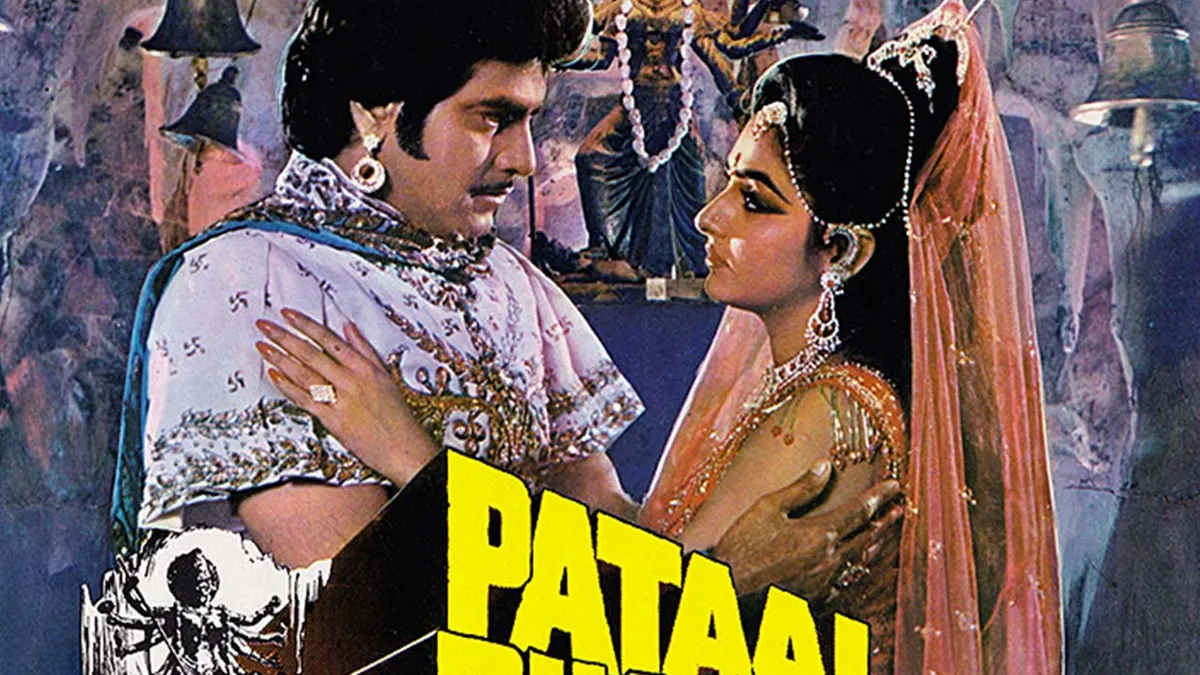
As Indian cinema transitioned into the 1980s, the fascination with folklore continued, with films like Pataal Bhairavi (1985) standing out for their imaginative storytelling. Directed by K. Raghavendra Rao and starring the legendary actor N. T. Rama Rao, Pataal Bhairavi is a Telugu fantasy film that delves into the realms of magic, mythology, and adventure.
The film’s narrative is inspired by various folk tales and myths, including the popular concept of supernatural realms and divine beings. It tells the story of a brave hero who embarks on a quest to defeat evil forces and rescue a sacred temple from destruction. The film’s portrayal of magic, mythical creatures, and divine intervention is a tribute to the rich tapestry of Indian folklore.
Pataal Bhairavi captivated audiences with its vibrant visuals, musical numbers, and compelling performances. It played a crucial role in reinforcing the appeal of folklore in Indian cinema during this era. The film’s success highlighted the enduring fascination with mythical themes and set a precedent for future films exploring folklore.
Folklore in the Contemporary Era: Paheli (2005)
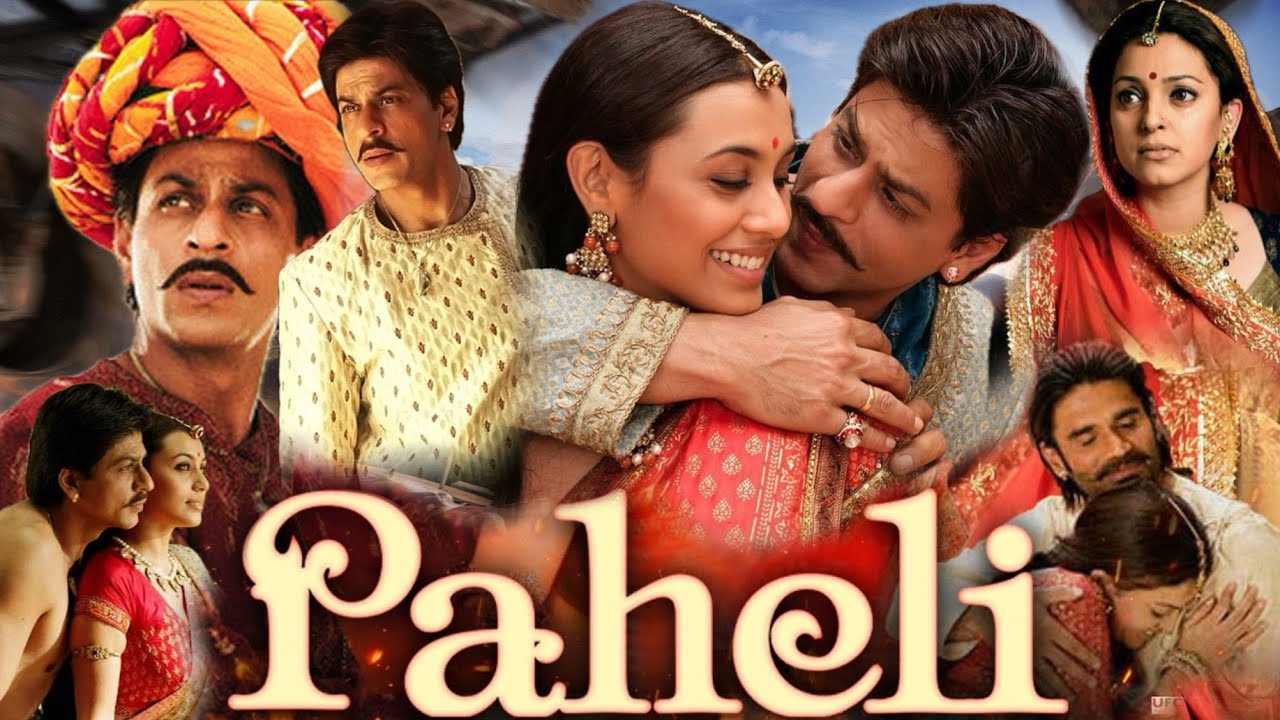
The early 2000s saw a resurgence of interest in folklore, with films like Paheli (2005) bringing these traditional stories to contemporary audiences in innovative ways. Directed by Amol Palekar and featuring Shah Rukh Khan and Rani Mukerji, Paheli is a Hindi film that adapts a popular Rajasthani folktale about a ghost who falls in love with a woman.
The story revolves around a ghost who takes on the guise of a human to woo the heroine, leading to a series of enchanting and humorous events. The film’s narrative is deeply rooted in Rajasthan’s folklore, capturing the essence of local legends and traditions. Its portrayal of folklore through a modern lens offers a fresh perspective on age-old tales.
Paheli stands out for its artistic direction, colorful costumes, and enchanting music, which effectively bring the folklore to life. The film’s success lies in its ability to blend traditional storytelling with contemporary filmmaking techniques, making folklore accessible and appealing to a modern audience. It serves as a reminder of the timeless nature of these stories and their relevance in today’s world.
Modern Interpretations: Tumbbad (2018)
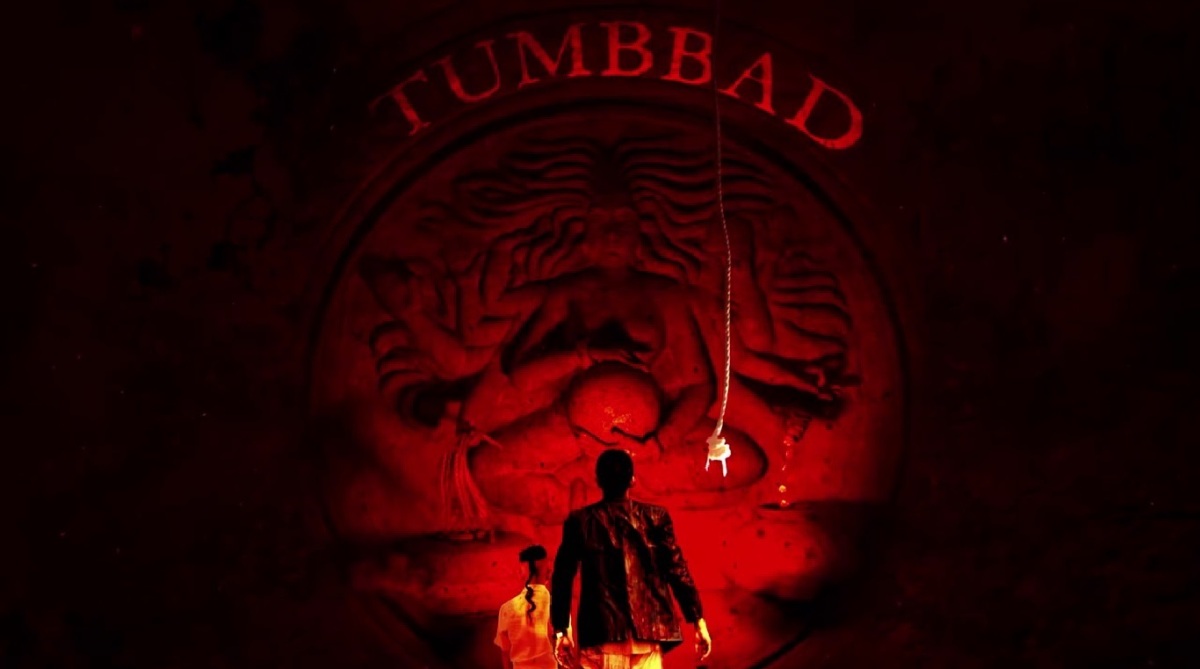
In recent years, the exploration of folklore has taken on new dimensions, with films like Tumbbad (2018) pushing the boundaries of genre and storytelling. Directed by Rahi Anil Barve, this Marathi-language film is a unique blend of horror and folklore, inspired by local legends from Maharashtra.
Tumbbad is set in a rural village and revolves around a family’s quest to find a hidden treasure guarded by a cursed deity. The film’s narrative delves into the darker aspects of folklore, exploring themes of greed, power, and the supernatural. Its depiction of the mythical entity and the eerie atmosphere creates a hauntingly immersive experience.
The film’s cinematography, production design, and special effects are noteworthy for their ability to evoke the eerie and mystical aspects of folklore. Tumbbad has been praised for its originality and its contribution to the genre of folklore-based horror. It demonstrates how contemporary filmmakers can reinterpret traditional tales to create something fresh and engaging for modern audiences.
Recent Contributions: Kantara (2022)
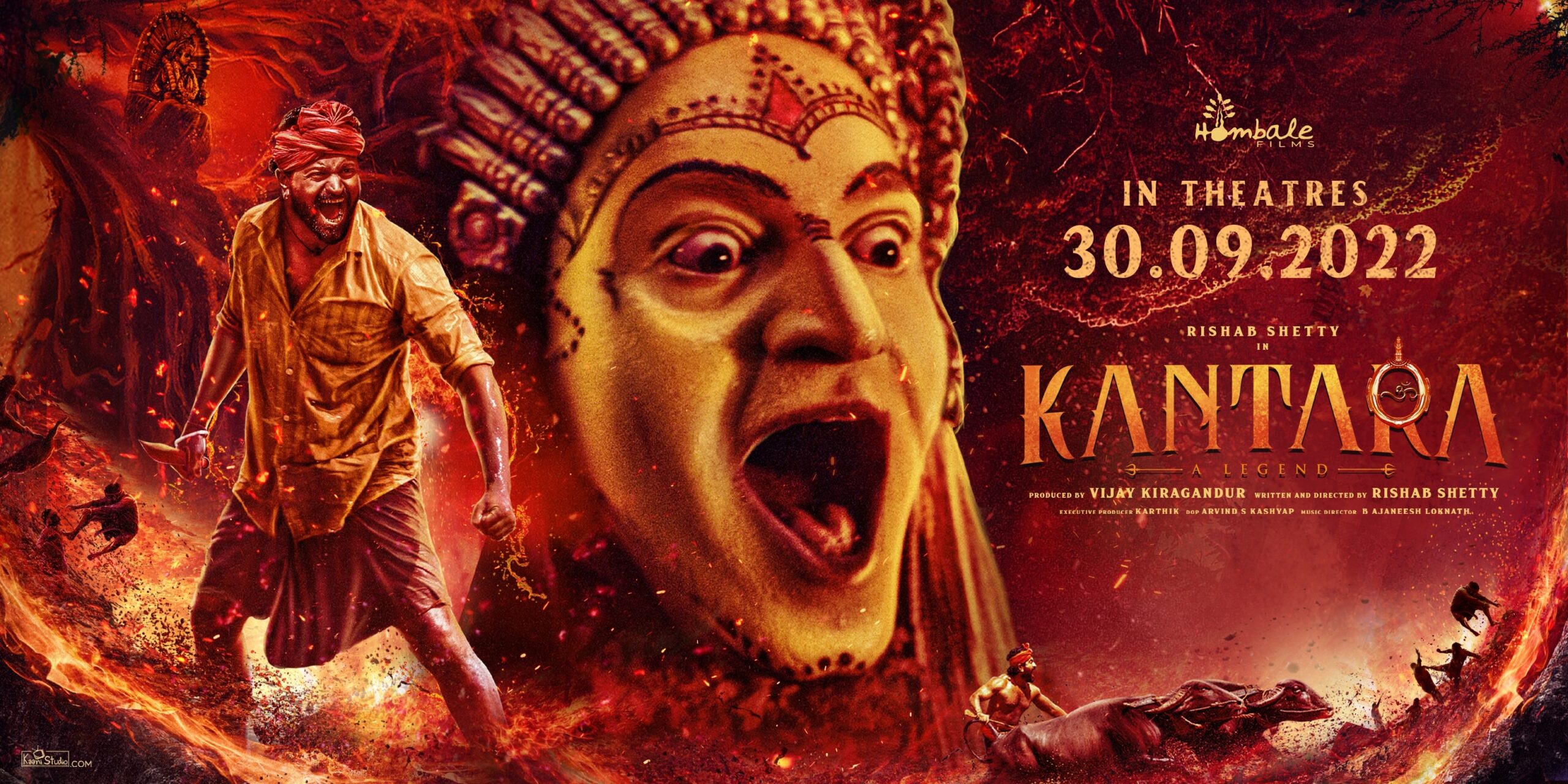
The latest addition to the list of films reviving Indian folklore is Kantara (2022), a Kannada film directed by Rishab Shetty. Set in coastal Karnataka, the film draws inspiration from local folklore and rituals, presenting a compelling narrative that intertwines mythology with modern issues.
Kantara tells the story of a village grappling with the impact of land disputes and traditional beliefs. The film’s portrayal of local deities, rituals, and folklore is deeply rooted in the cultural practices of the region. It explores themes of tradition, faith, and conflict, offering a nuanced look at how folklore continues to shape contemporary life.
The film’s success can be attributed to its authentic representation of regional folklore and its ability to resonate with audiences on both a cultural and emotional level. Kantara highlights the ongoing relevance of folklore in modern cinema and its role in preserving and celebrating regional traditions.
Conclusion
Indian cinema’s journey with folklore has been a rich and varied one, reflecting the evolving nature of storytelling while staying true to its cultural roots. The films discussed in this article—*Maya Bazaar*, *Pataal Bhairavi*, *Paheli*, *Tumbbad*, and *Kantara*—each represent a different era and approach to reviving and celebrating Indian folklore. From classic mythological epics to contemporary reinterpretations, these films demonstrate the enduring allure of folklore and its ability to captivate audiences across generations.
As Indian cinema continues to evolve, the legacy of these films serves as a testament to the timeless nature of folklore and its importance in preserving cultural heritage. The future of Indian cinema holds exciting possibilities for further exploration and innovation, with folklore remaining a rich source of inspiration and storytelling.

